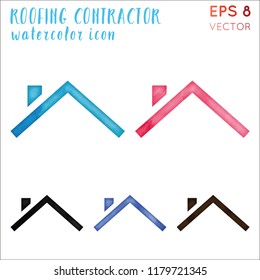Trick Seasonal Considerations For Commercial Outside Paint: What You Need To Be Enlightened Concerning
Trick Seasonal Considerations For Commercial Outside Paint: What You Need To Be Enlightened Concerning
Blog Article
Web Content Writer-McLamb Skafte
When you're preparing a commercial outside painting project, seasonal aspects can make or damage your outcomes. You'll want to take into consideration just how temperature and moisture effect paint application and drying out times. Choosing the appropriate season can guarantee your paint adheres properly and lasts longer. But which periods are absolutely the most effective for this kind of job? Allow's discover residential paint contractors near me that can impact your task's success.
The Influence of Temperature Level on Paint Application
When you're preparing a business exterior painting job, the temperature level can considerably influence just how well the paint sticks and dries.
Preferably, you intend to paint when temperatures range between 50 ° F and 85 ° F. If it's also cold, the paint might not cure correctly, causing problems like peeling off or splitting.
On the flip side, if it's also warm, the paint can dry out also swiftly, avoiding proper attachment and causing an uneven coating.
You need to also take into consideration the moment of day; morning or late afternoon offers cooler temperature levels, which can be a lot more favorable.
Constantly inspect clean latex paint from brush for the particular paint you're making use of, as they commonly offer advice on the optimal temperature level range for ideal outcomes.
Humidity and Its Impact on Drying Times
Temperature level isn't the only ecological factor that influences your industrial external painting job; moisture plays a substantial function also. High humidity levels can reduce drying out times substantially, impacting the general top quality of your paint job.
When the air is saturated with moisture, the paint takes longer to treat, which can bring about issues like poor bond and a greater threat of mold development. If you're repainting on a specifically moist day, be planned for extended wait times between layers.
It's critical to keep track of local weather and plan accordingly. Preferably, aim for humidity levels between 40% and 70% for optimum drying out.
Maintaining these factors in mind ensures your project remains on track and provides an enduring coating.
Best Seasons for Commercial Exterior Painting Projects
What's the best time of year for your industrial exterior paint projects?
Spring and early fall are usually your best bets. Throughout these periods, temperature levels are light, and humidity levels are commonly lower, producing optimal problems for paint application and drying out.
Stay clear of summer's intense heat, which can create paint to completely dry too quickly, leading to poor adhesion and finish. Similarly, winter months's cool temperatures can hinder proper drying and treating, running the risk of the durability of your paint job.
Go for days with temperatures in between 50 ° F and 85 ° F for optimum results. Bear in mind to inspect the local weather forecast for rainfall, as wet problems can wreck your project.
Preparation around these factors ensures your paint task runs smoothly and lasts much longer.
Conclusion
Finally, preparing your commercial outside painting projects around seasonal factors to consider can make a substantial distinction in the end result. By scheduling work throughout the optimal temperature levels and moisture levels, you'll make sure far better adhesion and drying out times. Remember to watch on regional weather prediction and select the right time of year-- springtime and early fall are your best options. Taking these actions will help you achieve a resilient and expert finish that lasts.
